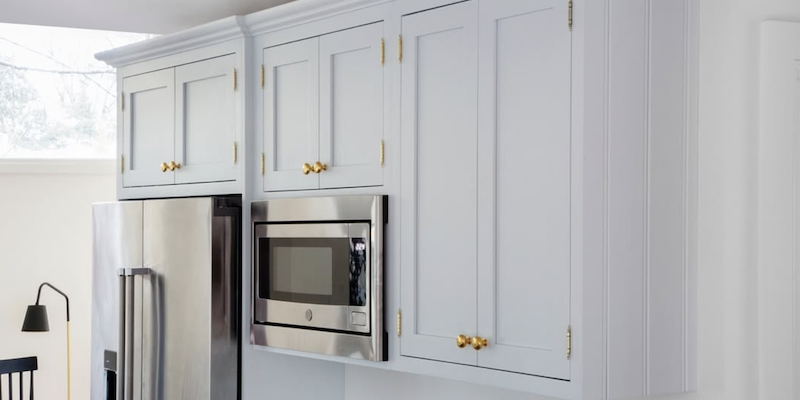For a long time, I chased the work that looked cool. The sexy projects. The ones I thought would be fun or that made me feel like I’d “made it.” I assumed those were the jobs that made real money. And while that’s sometimes true, I’ve learned over the years that profitability isn’t about finish level or ego, it’s about fit.
It took me nearly a decade to understand which types of projects actually made me money. Spoiler alert, it wasn’t what I originally imagined. In my market, high-end projects don’t automatically translate to higher margins. In fact, the most custom work often brings the most risk. It’s hard to build repeatable systems when every job is unique. You’re often learning on the fly, which means inefficiencies, mistakes, and hidden costs that erode your margins, even when the price tag looks impressive.
I also realized that bigger jobs don’t necessarily mean bigger profits. Often, it’s the opposite. The larger the job, the lower your markups need to be to remain competitive. Take full custom home builds, for example..many builders are operating on 12%–18% builder fees. That wouldn’t work for a small business like mine. I rely on higher markups to achieve 40% margins just to stay healthy. If I brought my pricing into that market, I’d be laughed out the door. My business simply isn’t structured for that scale or economy.
Eventually, I learned that it’s not just the type of project that matters, it’s the structure of the project. Not all kitchens, additions, or renovations yield the same returns. I have to be deliberate about which jobs contain the right mix of work, value, and margin to sustain my business.
For me, the most profitable projects are smaller in size. Why? Because I can apply higher markups, manage them more efficiently, and take on less logistical risk. Yes, I need to land more of them per year to hit revenue goals, but the lower overhead and faster turnaround often outweigh that.
My ideal project checks a few key boxes:
-I can self-perform specialty trades to capture in-house premium fees (cabinetry, tile, millwork, site protection, paint).
-I can subcontract out labor-heavy trades that don’t make sense to self-perform (drywall, insulation, flooring, demo).
-I can charge a management fee on subcontracted work.
-There are materials I can sell with a markup (cabinets, decorative fixtures, finishes).
-I can introduce design services as a value-add.
In short, I look for projects that allow me to leverage both my craftsmanship and my systems. For me, that’s a live-in, first-floor renovation with a kitchen. It has the right mix of scope, margin, and sales opportunity. I can control the quality, self-perform the high-value parts, and offload the volume work, all without taking on more than I can manage. Two to three of those jobs per year? That’s enough to hit my revenue goals, maintain strong margins, and live a great lifestyle.
So here’s the real takeaway: push your ego aside and run the numbers. Look at your jobs. Study what’s actually making you money, not just what feels successful. Bigger doesn’t always mean better. More work without better systems usually means more stress, not more income.
